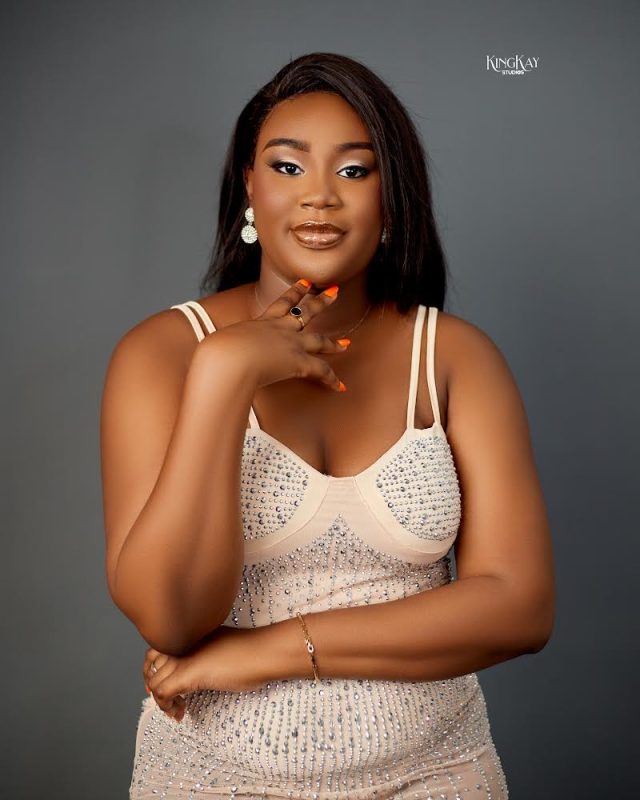From the earliest days of computing to the present age of virtual reality and artificial intelligence, women have made untold contributions to the digital world in which we increasingly live. Their accomplishments have been against all odds, in a field that has historically neither welcomed nor appreciated them.
Today, a persistent gender gap in digital access keeps women from unlocking technology’s full potential. Their underrepresentation in STEM education and careers remains a major barrier to their participation in tech design and governance. In addition, the pervasive threat of online gender-based violence—coupled with a lack of legal
recourse—too often forces them out of the digital spaces they do occupy.
At the same time, digital technology is opening new doors for the global empowerment of women, girls and other marginalized groups. From gender-responsive digital learning to tech-facilitated sexual and reproductive healthcare, the digital age represents an unprecedented opportunity to eliminate all forms of disparity and inequality.
Wednesday 8 th March 2023 is International Women’s Day, celebrated annually as a focal point in the women's rights movement, bringing attention to issues such as gender equality, reproductive rights, and violence and abuse against women.
This year’s celebration is under the theme Digit-ALL: Innovation and technology for gender
equality.
As a Creative Writer and an expert in Multimedia Production, I wish to focus my attention on beating the gender gap in the industry – television and film. A major question I ask industry mates and fellow female colleagues – where do women stand in the film, television and media industry and what pragmatic steps are we taking to
close the gender gap?
According to the Center for the Study of Women in Television and Film at San Diego State University , nine percent (9%) of all narrative film directors are women. It is interesting to know that, it is usually the case that directors get to choose their team for their productions. In that case, the cast and crew often mirror who is in that top job.
So what works to change gender diversity? Hire women, it is as simple as that! That appears very simple, however, there are more layers to this problem beyond getting women in the door, including hostile work environments and too many assumptions made about the expectations of women in their career. The solution to the problem begins when you have more women in the room.
There is an assumption of incapability when it comes to women, as opposed to the assumption of capability when it comes to men. This definitely cannot be the case and in recent times, there has been some good news for women when we look at the new streaming content providers like Netflix and Amazon. Women have more
leading and prominent roles and for their show, they are regular appearing characters versus traditional film and network television.
Financing is a big challenge for filmmakers and studies have shown that when men and women win at festivals, the male directors get tapped for big-budget studio films, while the female directors do not. To close this gap, we need several organizations to jump into the fray, to help to fund women-directed and produced projects just like
in other sectors such as agriculture, trade and others.
Getting stories financed that include interesting roles for women is another challenge and that should be taken into consideration. In addition, there should be affirmative action to create funding to assist women in the industry to build their capacities and add value to themselves in order to achieve some progress and more knowledge.
On a personal level, I will urge people involved in professional events in our industry to book as many women for their panels as men. I can assure them of some fantastic and capable women who will deliver magnificently; they are out here and ready to speak. In addition, shining a light on the gender gap on and behind the screen is one way to keep the pressure on the industry. As the saying goes, what gets measured gets done!
By Alice Senam Nimoh – Appea (Creative Writer & Multimedia Production Specialist)


















